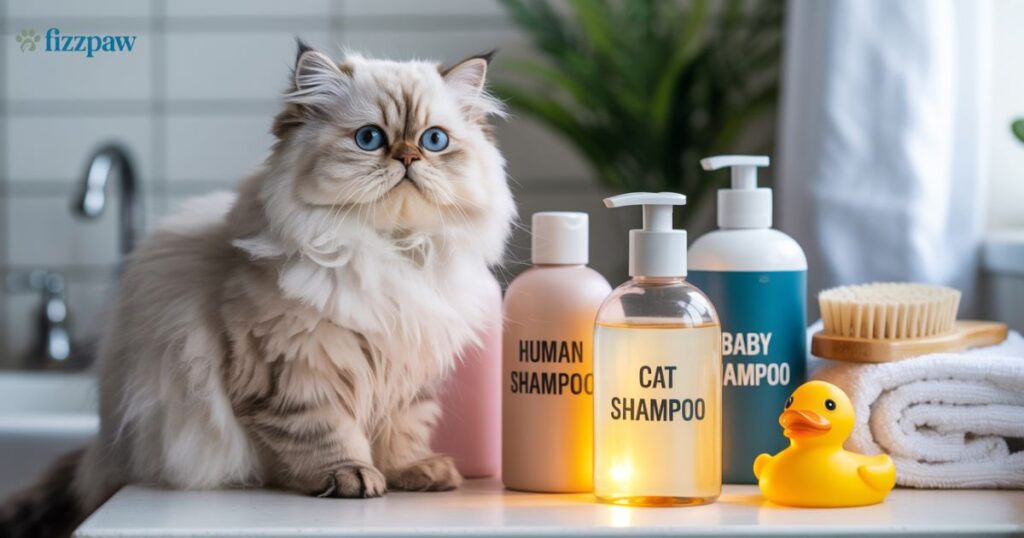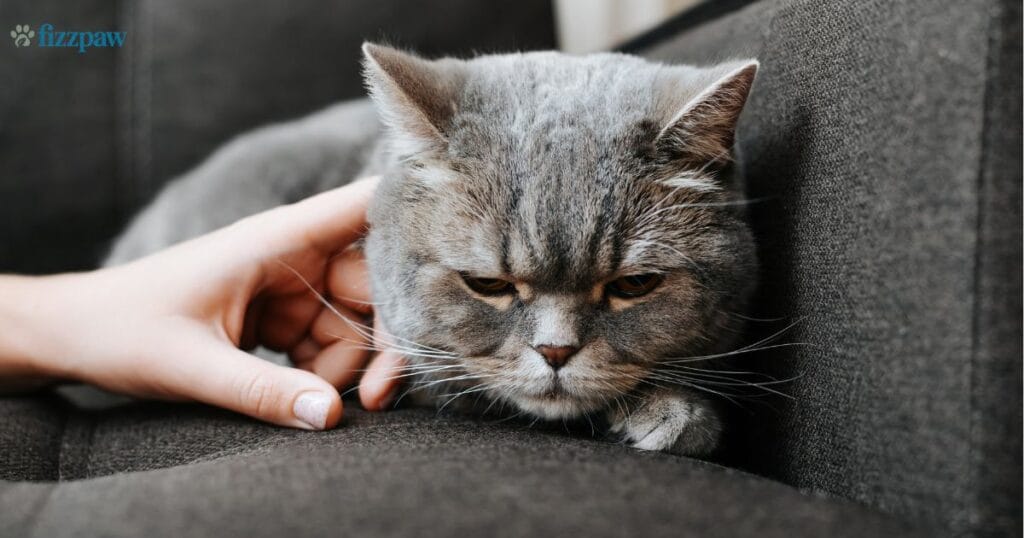If you are asking yourself, “Should I brush my cat’s teeth?” —the short answer is yes. Brushing your cat’s teeth isn’t just some adorable extra that’s part of grooming; it’s vital for your cat’s health.
Paired with painful flare-ups, silent and unnoticeable to the cat parent, dental disease is something that the majority of adult cats suffer from. This one-stop guide by a vet will show you the ropes on everything you need to know about keeping your kitty’s mouth tidy and disease-free—from the right tools and technique to when brushing is out of the question.
Do Cats Really Need Their Teeth Brushed?
Absolutely, they do. Dental concerns are among the most frequent health complaints in the feline world. The American Veterinary Medical Association reports over 70% of cats have dental problems by the age of three. And just as with humans, cats with bad hygiene can develop plaque, gingivitis and painful infections.
Domestic cats don’t eat the crunchy texture present in the teeth of wild cats. Whereas the bones and sinew that feral cats chew on help remove plaque, household cats usually eat softer food, which doesn’t clean teeth. Which is to say, they depend on us to assist with their dental care. A cat with a clean mouth is not only one without offending breath or a history of being “mouthy,” you’re also less likely to develop serious problems, including serious conditions like heart and kidney disease that can arise from untreated mouth infections.
What Happens If You Don’t Brush Your Cat’s Teeth?
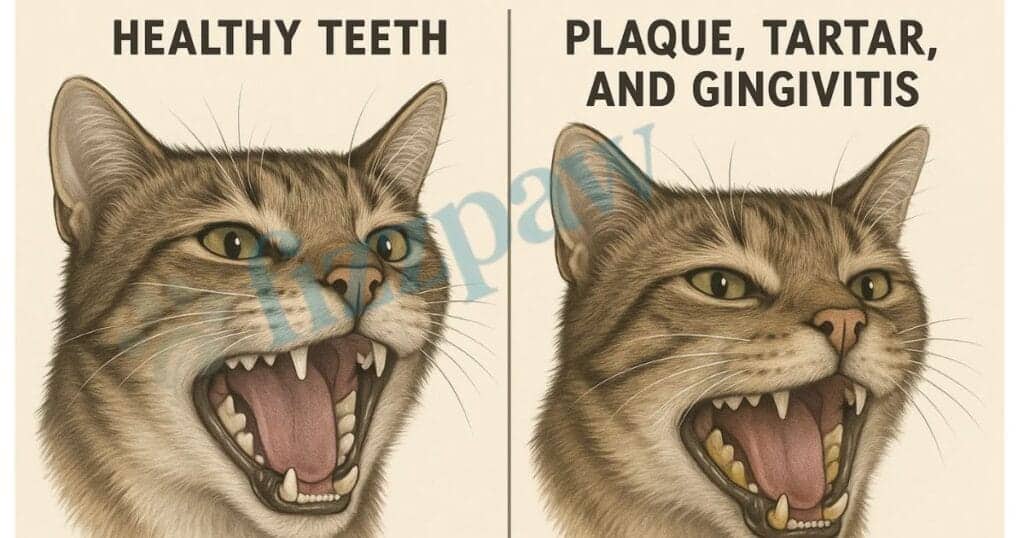
If you skip brushings, you allow the bacteria to sit on your teeth and begin growing. But the problem doesn’t stop there: It grows. Here’s how it progresses:
- Plaque forms on the teeth.
- Plaque hardens into tartar, especially near the gum line.
- Tartar causes inflammation (gingivitis).
- Gums recede, and teeth loosen.
- Bacteria enter the bloodstream, potentially harming the heart, liver, and kidneys.
Signs you might notice include:
- Persistent bad breath
- Red or bleeding gums
- Difficulty eating or dropping food
- Swollen face or jaw
- Pawing at the mouth
Ignoring these signals means ending up with costly vet visits, anaesthesia for dental cleaning, or tooth pullings. It’s far simpler and more affordable to prevent dental issues than to treat them later.
How Often Should You Brush Your Cat’s Teeth?
Daily brushing is ideal. That may seem ambitious, but even three times a week can make a big difference when it comes to reducing the risk of dental disease. The best results are obtained with frequent brushing.
Start small. Start by holding for a few seconds a day then increase to 30-60 seconds/side. Combine brushing with something you do every day anyway: after eating. Say lots and lots of praises and maybe give a treat after brushing. By integrating it into your routine, it can become more sustainable.
Cats, particularly kittens, get more comfortable with brushing if started early. But even older cats, with a little time and patience, may learn to tolerate and even benefit from it.
What You’ll Need: Toothbrushes, Toothpaste, and Tools
You don’t need fancy gadgets, but having the right tools will make brushing safer and easier. Here is your basic cat dental kit:
- Cat toothbrush: Finger brushes or small angled brushes made especially for cats are the most effective.
- Cat toothpaste: Always use toothpaste formulated specifically for pets. It’s safe to swallow and comes in flavors including chicken or fish.
- Gauze or dental wipes: Good for a beginning, or for cats who despise brushes.
- Dental chews or oral gels: Help brushing, but not a replacement for it.
Never use human toothpaste, baking soda or mouthwash. Flouride and Xylitol are toxic to cats. Do not use essential oils or alcohol-based products, unless your vet has examined them.
Step-by-Step: How to Brush Your Cat’s Teeth (Without Stress)
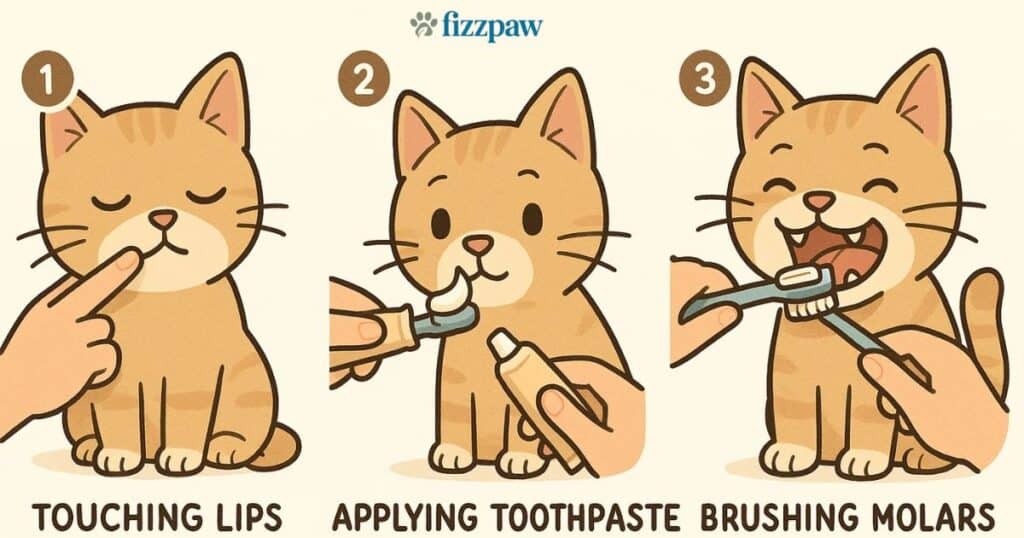
Step 1: Get Them Comfortable
Spend time with your cat in an unwound silent spot. Stroking their lips, gums, and teeth with your finger. Do this daily with rewards.
Step 2: Introduce the Tools
Allow your cat to lick cat toothpaste from your finger. Next, introduce the toothbrush. Don’t brush yet — just allow them to sniff and lick.
Step 3: Start Slow
After a few days, brush a tooth or two softly in a circular motion. Work to build up the amount of time you brush. Stay calm and positive.
Step 4: Build to Full Sessions
Concentrate on the sides of the rear teeth and the canines. These regions are the most plaque-susceptible. And don’t worry about inside your cat’s teeth — her tongue takes care of that.
Step 5: Incentivize with Rewards & Praise
Finish each session with a favourite treat or toy of your cat’s. This instils trust and gets the brushing to be tolerable — or maybe even fun.
What If My Cat Won’t Let Me Brush Their Teeth?
Some cats just refuse to cooperate — especially if they’ve had negative experiences in the past, or were never made comfortable with touch. If brushing feels impossible:
- Start with gauze and finger-rubbing
- Offer flavoured toothpaste as a treat to create a positive link.
- Try brushing while your cat is sleepy or relaxed
- Keep sessions super short
If it remains a struggle after a few weeks, there are some safer, gentler alternatives to brushing you can explore, which I discuss below.
Safer Alternatives to Brushing (If Brushing Isn’t Possible)
If brushing doesn’t cut it, don’t give up on your cat’s dental health. Vet-approved alternatives include:
- Dental wipes: Rub away plaque gently with a flavored wipe.
- Dental chews: Treats like Greenies help reduce tartar.
- Water additives: Mix a vet-approved additive into water bowls.
- Dental diets: Prescription foods like Hill’s t/d are designed to scrub teeth.
- Oral sprays and gels: Kill bacteria and reduce plaque.
Remember: no alternative to brushing is as good as brushing, but a combination of two or more can help. Your vet can help develop a regimen that doesn’t involve brushing.
What Toothpaste Is Safe for Cats? (And What to Avoid)
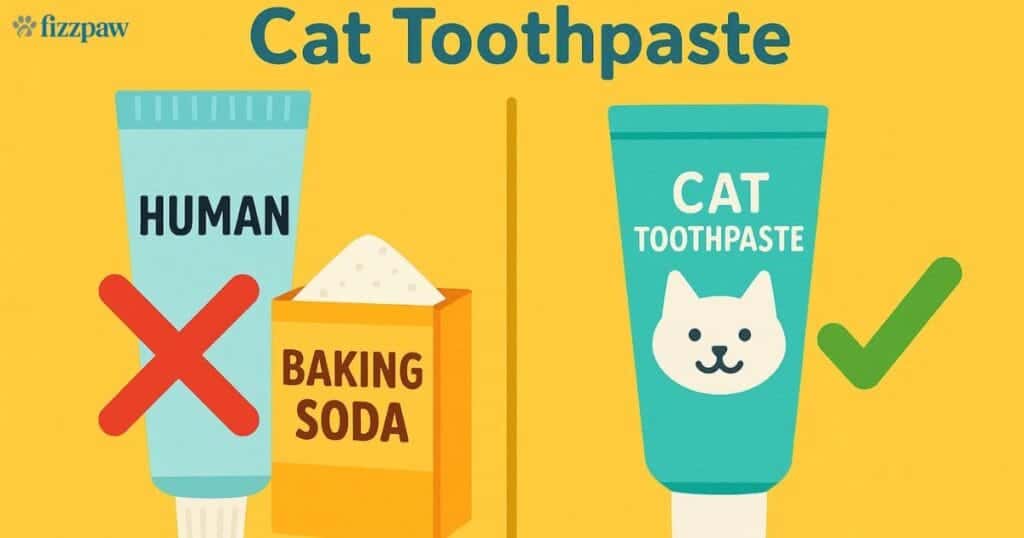
Try to find cat-specific enzymatic toothpaste. It’s safe to swallow and comes in tasty flavors. The majority of the cats prefer chicken, beef or fish.
Avoid these dangerous products:
- Human toothpaste (fluoride, xylitol)
- Baking soda (too alkaline)
- Essential oils (toxic to cats)
- Whitening or minty products (burn and irritate)
Popular brands include Virbac, Vetoquinol, and Petsmile. Always check for VOHC approval or vet recommendations.
Related Article:Can I Use Human Shampoo on Cats? Vet-Backed Guide for Safe Cat Grooming
Signs of Dental Trouble: When to See a Vet
Your cat may not show pain until their mouth is seriously infected. Watch for these red flags:
- Persistent bad breath
- Bleeding gums
- Swollen face or jaw
- Pawing at the mouth
- Difficulty chewing or eating
- Drooling
- Tooth loss
Regular annual veterinary dental exams can help catch problems early. Your veterinarian might advise dental X-rays or even professional cleanings under anesthesia. Don’t put it off, dental disease is preventable and treatable.
How Do Cats Clean Their Teeth in the Wild? Should I Be Worried?
In the wild, cats hunt daily. Eating fur, feathers, bones and sinew acts as a natural toothbrush. But house cats do not chase and gnaw their meals — they eat soft kibble or canned food that does not clean teeth.
Some people think raw or whole prey diets clean teeth, but vets disagree. Domestic cats, like their wild ancestors, require active dental care, regardless of the diet fed. Even feral cats can develop dental disease but do not have access to care. They’re not always nice to their mouths, either, nature.
Personal-Life Story
When I adopted a senior tabby named Ginger, she had awful breath and drooled constantly. A vet check confirmed advanced gingivitis and tartar. After her dental cleaning, I started brushing her teeth with tuna-flavored toothpaste. It took patience—but after 4 weeks, she tolerated a full brushing. Her gums healed, and now she plays like a kitten again.
If an older cat like Ginger can learn to accept brushing, yours can too—with love and time.
Summary Table: Comparing Dental Options
| Method | Effectiveness | How Often | Cost |
| Brushing | ★★★★★ | Daily | Low |
| Wipes | ★★★☆☆ | 3–5x/week | Medium |
| Dental chews | ★★★★☆ | Daily | Medium |
| Oral gels/sprays | ★★★☆☆ | Daily | Medium |
| Dental diets | ★★★★☆ | Daily | High |
| Water additives | ★★☆☆☆ | Daily | Low |
| Vet cleaning | ★★★★★ | Annually | High |
FAQs
Q1: Should I brush my cat’s teeth every day?
Yes. Daily brushing prevents plaque and supports lifelong dental health.
Q2: What’s the best cat toothpaste?
Use a vet-recommended, enzymatic paste with poultry or fish flavor.
Q3: Can I use baking soda or human toothpaste?
No. Both are toxic to cats and should be avoided.
Q4: My cat hates brushing. What else can I do?
Use dental chews, wipes, and water additives. Combine methods for better results.
Q5: When should my cat see a vet for dental care?
At least once a year—or immediately if signs of pain, bad breath, or swelling appear.
Final Thoughts
Should you brush your cat’s teeth? Absolutely. It’s one of the best things you can do to help your cat live a longer life with greater quality of life. If you’ve ever asked yourself, “Should I brush my cat’s teeth regularly?”, the answer is yes—daily care can prevent painful dental diseases. Given the right tools, some patience and a little elbow grease, even the fussiest feline can learn to tolerate tooth brushing. Get started today — indoor cat breeds thrive with routine care, and dental health is a big part of that.
Trusted Sources
- AVMA – Pet Dental Care Guide
https://www.avma.org/resources-tools/pet-owners/petcare/pet-dental-care - Cornell Feline Health Center – Dental Disease in Cats
https://www.vet.cornell.edu/departments-centers-and-institutes/cornell-feline-health-center/health-information/feline-health-topics/dental-disease - VCA Hospitals – Brushing Your Cat’s Teeth
https://vcahospitals.com/know-your-pet/brushing-your-cats-teeth


